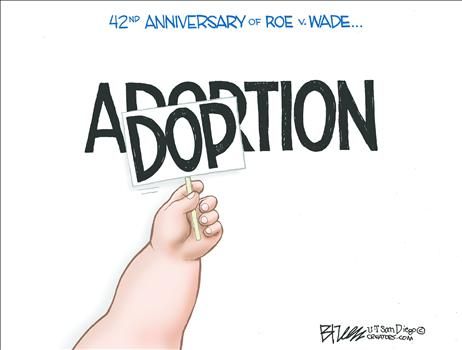
In the 2009 hit movie, 'He's Just Not That Into You,' Beth Bartlett, played by Jennifer Aniston, and her boyfriend of seven years, Neil played by Ben Affleck, live together. Mid-movie, Beth comes to the conclusion that she doesn’t want to continue their relationship if Neil has no intentions of marrying her, and he moves out. (Photo: Screenshot from 'He's Just Not That Into You')
More young adults are opting to cohabit rather than marry or to delay marriage for financial reasons, such as debt, according to a recent study published in Demography. However, National Marriage Week [Feb. 7-14 - http://www.nationalmarriageweekusa.org/] presents a good opportunity to review how rigorous, long-term studies have measured the substantial impact of marriage on financial stability, as well as relationship longevity and health outcomes.
Here are five additional facts you may not know about cohabitation:
1. Cohabiting couples are more prone to break up (and break up for good) than married couples. In the May 2003 issue of the Journal of Marriage and Family Study, Georgina Binstock and Arland Thornton found that, in the first year of living together, couples who cohabited were eight times more likely to end their relationships than those who were married. In the second and third years, those rates decreased to four and three times more likely, respectively. And when it comes to getting back together after a breakup, cohabiting couples were about a third less likely to get back together again.
2. Even after marrying, women who cohabitated prior to marriage are more apt to separate or divorce than those who did not. One study demonstrated that for women who lived with their partners before marriage, it was 33 percent more likely for their marriages to result in separation or divorce.
3. Men who cohabit tend to make less money than their married counterparts. Married men tend to make more money than their unmarried guy friends, according to a study based on the 1990 U.S. Census. Once husbands and wives reach pre-retirement age, another study found never-married cohabiters had less wealth than married couples—78 percent less.
4. Among young mothers, married women are more financially secure than cohabiting women. A 2004 study demonstrated that married mothers of six-month-olds report an income-to-needs ratio—the proportion of her income relative to how much her minimum needs or basic life essentials cost her—higher than that of cohabiting mothers with children the same age. Single mothers fare the worst of the three groups, a fact that is especially troubling given the continuing decline in marriage rates among American adults.
5. Cohabiting couples report more depression and more alcohol problems than married couples. Even when controlling for race, age and gender, cohabiting individuals reported higher levels of depression than married ones, 2.8 points according to one study. In another study, cohabiting individuals were three times more likely to report having problems with alcohol consumption than those who were married, as well as 25 percent more problems than single people who did not cohabit. Cohabiting women indicated more alcohol problems than married women—and men who cohabited said they had more alcohol problems than both married and single men.
For both women and men, marriage remains the best route to achieve a healthy and stable relationship. National Marriage Week is a good time to consider the efforts needed at every level to help restore a culture of marriage.
[bold,italics, and colored emphasis mine]
Caitlin Thomas is a member of the Young Leaders Program at The Heritage Foundation.
"What’s the Real Story on Marriage and Family Trends? Here Are 11 Findings" - Rachel Sheffield/ @RachelSheffiel2 / January 19, 2015; http://dailysignal.com/2015/01/19/whats-real-story-marriage-family-trends-heres-11-findings/
"...While Americans continue to desire to be married and to have children, today many of the trends surrounding these practices fail to support successful relationships, putting both adults and children and society at risk. The good news is trends can change. In 2015, policymakers and leaders at every level should work to strengthen marriage and family."






No comments:
Post a Comment